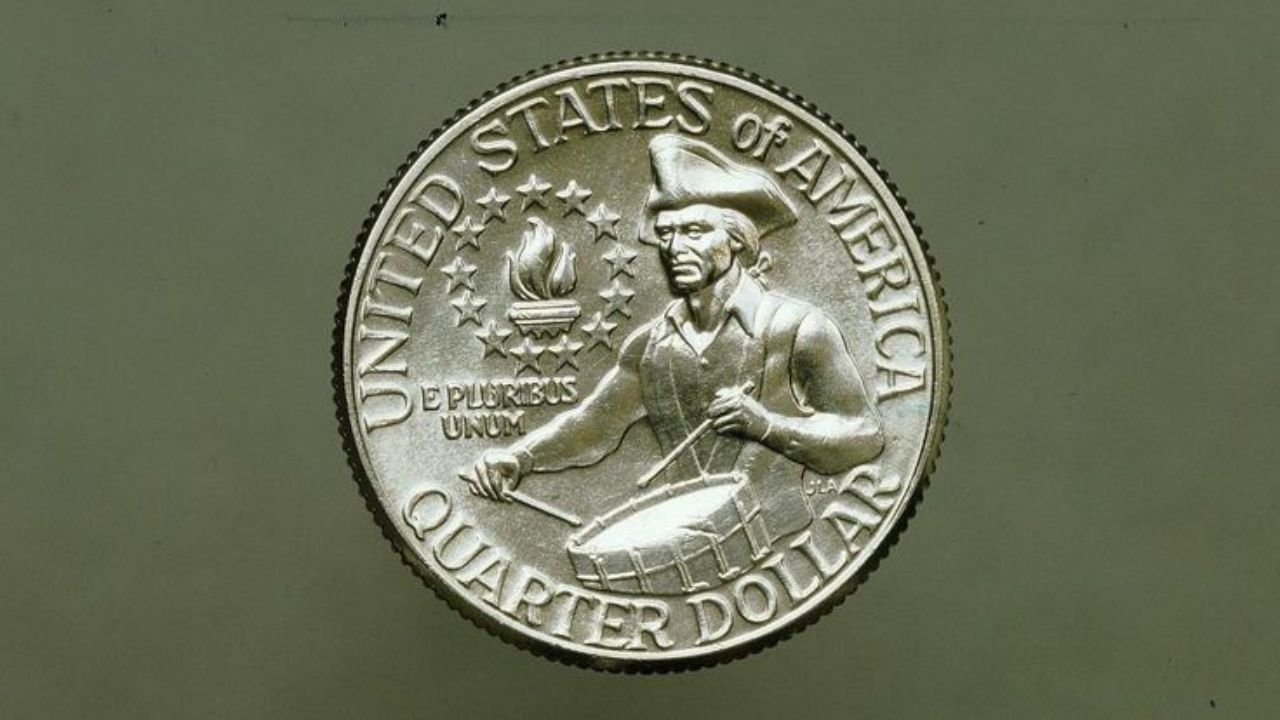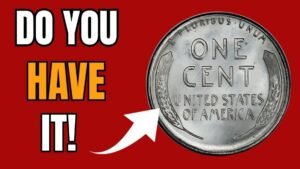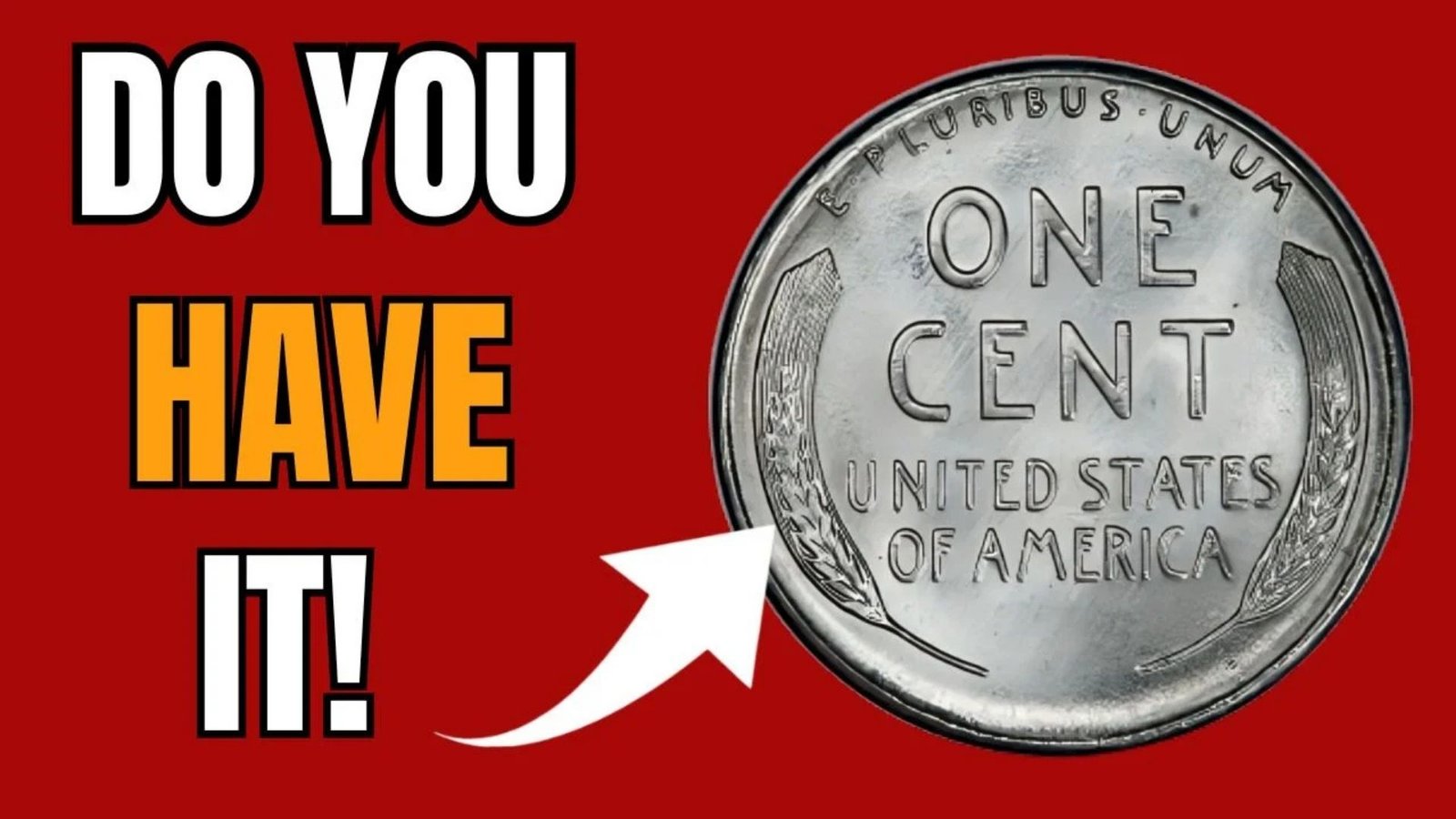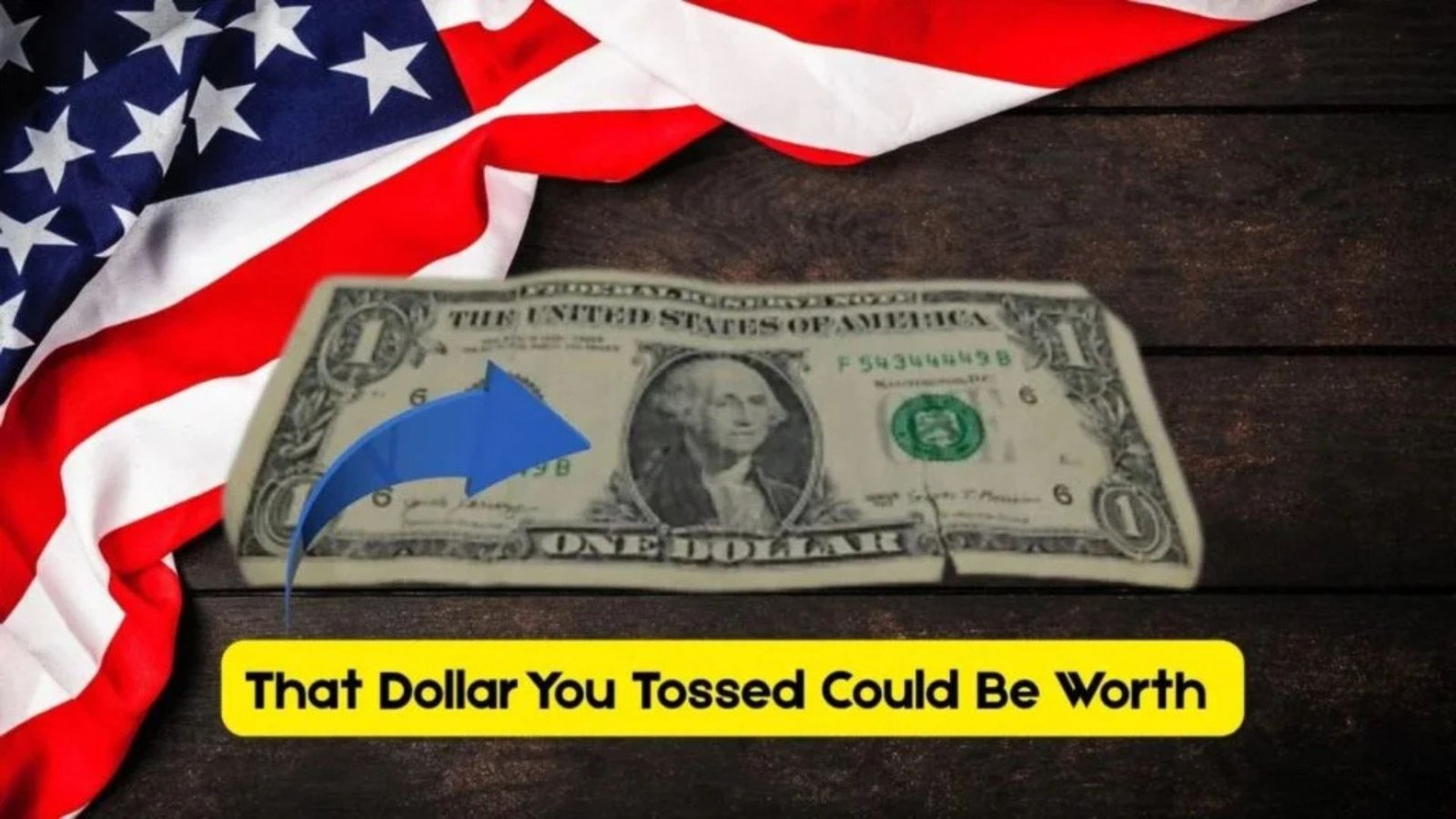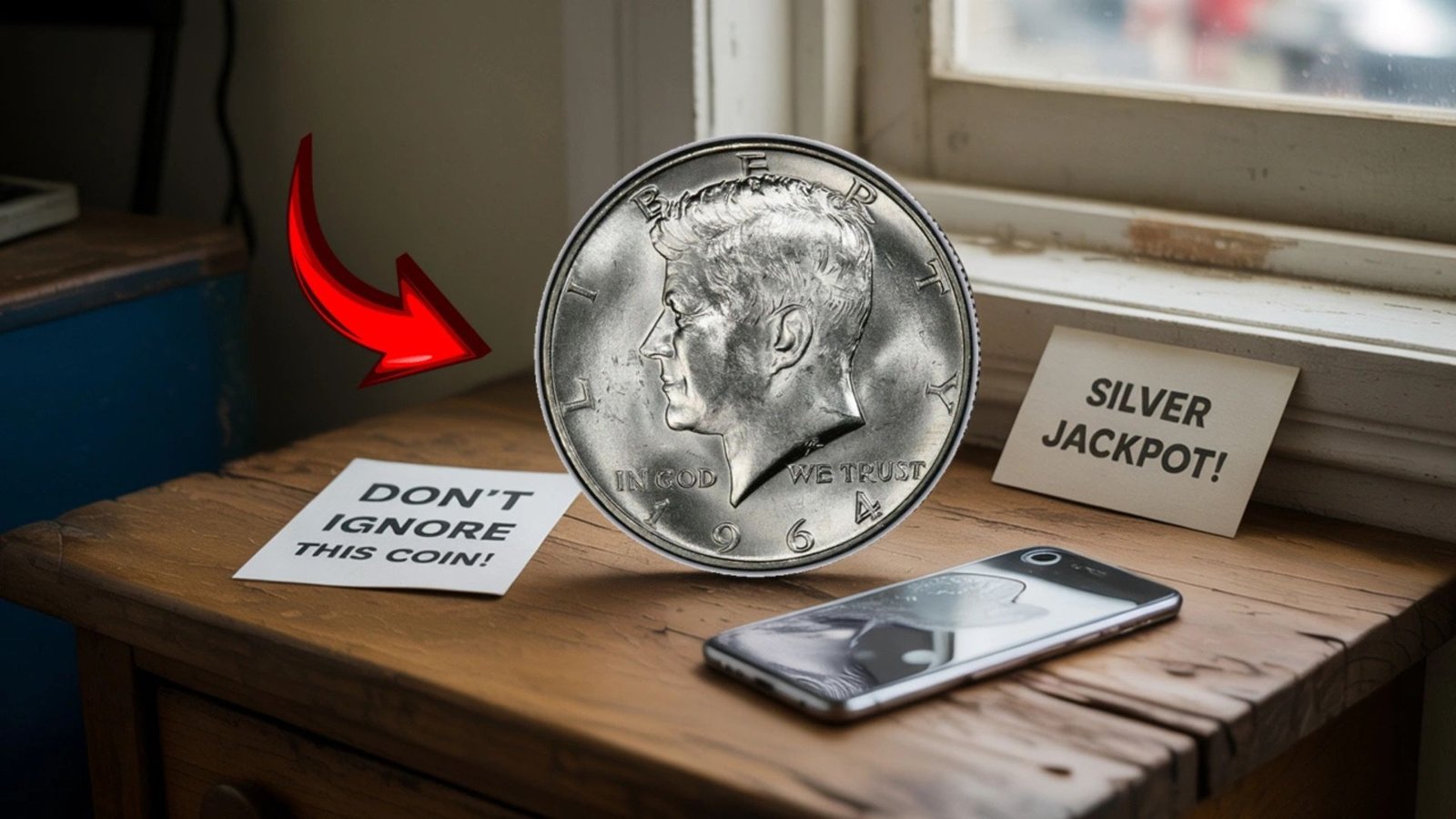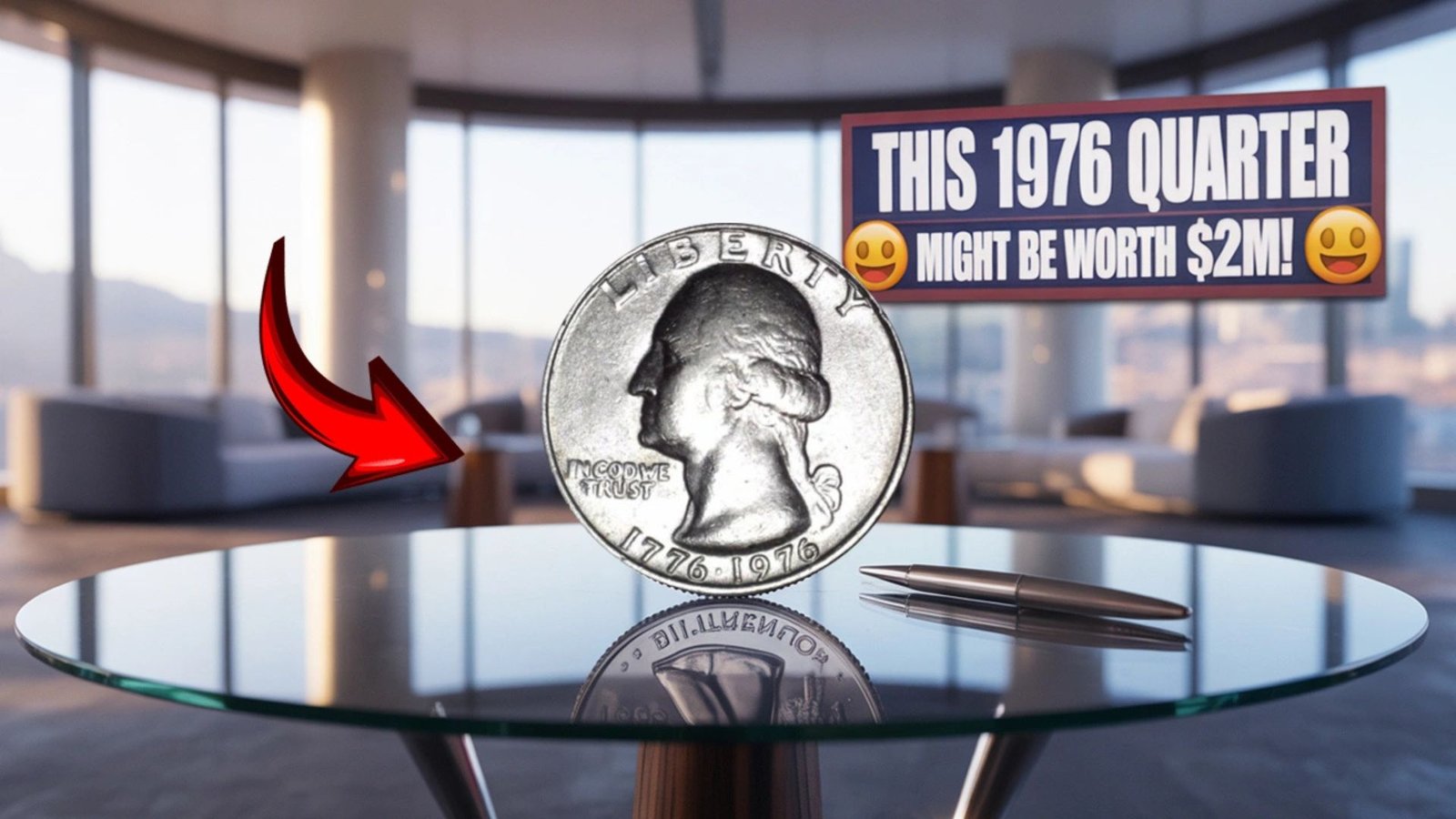Have you ever checked your pocket change for a rare coin? You might be holding a valuable treasure without even knowing it! One such gem is the Bicentennial Quarter, a special coin minted in 1976 to celebrate America’s 200th birthday. While most of these quarters are worth just 25 cents, some rare versions can fetch up to $20,000 or more at auctions. In this article, we’ll break down everything you need to know about this rare coin, why it’s so valuable, and how you can spot one. Let’s dive into the world of coin collecting and uncover the secrets of the Bicentennial Quarter!
What Is the Bicentennial Quarter?
The Bicentennial Quarter is a special coin created by the U.S. Mint in 1976 to mark 200 years of American independence. Unlike regular quarters, it has a unique design. The front (obverse) features the usual portrait of George Washington, while the back (reverse) shows a colonial drummer, symbolizing the Revolutionary War era. The coin also has dual dates, “1776-1976,” to honor the bicentennial celebration.
Most of these quarters are common and worth only their face value. However, certain rare versions—due to errors, special materials, or unique conditions—can be worth thousands of dollars. Let’s explore why some of these coins are so special.
Why Are Some Bicentennial Quarters So Valuable?
The value of a coin depends on factors like rarity, condition, and demand among collectors. Here are the main reasons why some Bicentennial Quarters are worth a fortune:
1. Minting Errors
Minting errors happen when something goes wrong during the coin-making process. These mistakes make a coin rare and highly sought after. For example:
- Double Die Error: This occurs when the design is stamped twice, slightly off-center, creating a doubled image. It’s noticeable in the lettering or drummer design.
- Off-Center Strike: The design is misaligned, with part of the coin blank.
- Missing Mint Mark: Some quarters lack the mint mark (a small letter indicating where the coin was made), making them unique.
2. Silver Composition
Most Bicentennial Quarters are made of copper and nickel. However, a limited number were struck in 40% silver for collectors. These silver quarters, especially in pristine condition, are worth much more than regular ones.
3. Condition and Grading
The condition of a coin plays a huge role in its value. Coins are graded on a scale from 1 to 70 by professional services like the Professional Coin Grading Service (PCGS) or Numismatic Guaranty Corporation (NGC). A quarter in “Mint State” (MS) condition—meaning it’s almost perfect—can be worth thousands. For example, a rare error coin in MS-65 condition might sell for $20,000 or more.
4. Rarity and Demand
Some Bicentennial Quarters are rare because only a few were made with specific errors or in silver. Collectors are willing to pay high prices for these coins, especially if they’re in excellent condition.
How to Identify a Valuable Bicentennial Quarter
Not sure if your quarter is worth thousands? Here’s how to check:
Step 1: Look at the Date
Confirm the coin has the dual date “1776-1976.” All Bicentennial Quarters have this feature.
Step 2: Check the Mint Mark
The mint mark is a small letter on the front of the coin, below Washington’s neck:
- D: Made in Denver
- S: Made in San Francisco (often silver)
- No Mark: Made in Philadelphia
Quarters with an “S” mint mark are more likely to be valuable, especially if they’re silver.
Step 3: Inspect for Errors
Use a magnifying glass to look for:
- Double Die: Blurry or doubled text or images.
- Off-Center Design: Part of the coin is blank or misaligned.
- Missing Elements: Missing letters, numbers, or mint marks.
Step 4: Check the Material
To see if it’s a silver quarter, check the edge. Silver quarters have a shiny, silver-colored edge, while regular ones have a copper-colored core.
Step 5: Get It Graded
If you think you have a rare quarter, take it to a professional grading service like PCGS or NGC. They’ll evaluate its condition and authenticity, which can significantly impact its value.
Key Features of a Valuable Bicentennial Quarter
| Feature | Description | Potential Value |
|---|---|---|
| Double Die Error | Doubled text or design due to minting mistake | $500 – $20,000+ |
| Off-Center Strike | Design is misaligned, leaving part of the coin blank | $100 – $5,000+ |
| Silver Composition | Made of 40% silver, usually with an “S” mint mark | $10 – $1,000+ |
| High Grade (MS-65+) | Near-perfect condition, as graded by PCGS or NGC | $1,000 – $20,000+ |
| Missing Mint Mark | No mint mark on a coin that should have one | $50 – $2,000+ |
Where to Find a Rare Bicentennial Quarter
You don’t need to be a professional coin collector to find a valuable quarter. Here are some places to look:
- Pocket Change: Check your loose change or old coin jars.
- Coin Rolls: Buy rolls of quarters from banks and inspect them.
- Estate Sales or Flea Markets: Older coins often turn up at sales.
- Coin Shops or Auctions: Visit local coin shops or online platforms like eBay, but be cautious of fakes.
- Inherited Collections: Check family heirlooms or old piggy banks.
How to Sell a Valuable Bicentennial Quarter
If you find a rare quarter, here’s how to sell it:
- Get It Authenticated: Have it graded by PCGS or NGC to confirm its value.
- Research the Market: Check recent auction prices for similar coins.
- Choose a Selling Platform:
- Auction Houses: Reputable firms like Heritage Auctions or Stack’s Bowers.
- Online Marketplaces: eBay or specialized coin sites, but beware of fees.
- Local Coin Dealers: They may offer a fair price, but compare offers.
- Store It Safely: Keep the coin in a protective holder to avoid damage.
Tips for Coin Collectors
If you’re new to coin collecting, here are some tips to get started:
- Learn the Basics: Read books or online guides about coin collecting.
- Join a Community: Connect with other collectors through forums or local clubs.
- Use Proper Tools: Get a magnifying glass, gloves, and coin holders to handle coins safely.
- Stay Informed: Follow coin news to learn about rare finds and market trends.
- Be Patient: Finding a valuable coin takes time and luck.
Conclusion
The Bicentennial Quarter is more than just a piece of change—it’s a potential goldmine! While most of these quarters are worth only 25 cents, rare versions with errors, silver composition, or perfect condition can be worth thousands. By checking your pocket change, learning to spot errors, and getting your coins graded, you could uncover a hidden treasure. Start searching today, and who knows? You might find a $20,000 quarter in your wallet!
FAQ About the Bicentennial Quarter
1. What makes a Bicentennial Quarter valuable?
A Bicentennial Quarter is valuable if it has minting errors (like double die or off-center strikes), is made of 40% silver, or is in near-perfect condition (graded MS-65 or higher).
2. How can I tell if my quarter is silver?
Check the edge of the coin. A silver quarter has a shiny, silver-colored edge, while regular quarters have a copper-colored core.
3. Where can I sell a rare Bicentennial Quarter?
You can sell it through auction houses (like Heritage Auctions), online platforms (like eBay), or local coin dealers. Always get it graded first to confirm its value.
4. What is a double die error?
A double die error happens when the coin’s design is stamped twice, slightly offset, creating a blurry or doubled effect on the text or images.
5. How do I get my coin graded?
Take your coin to a professional grading service like PCGS or NGC. They’ll evaluate its condition and authenticity, giving it a grade that affects its value.
6. Can I find a rare quarter in everyday change?
Yes! Rare Bicentennial Quarters can still be found in pocket change, coin rolls from banks, or old collections. Keep an eye out for errors or silver versions.

